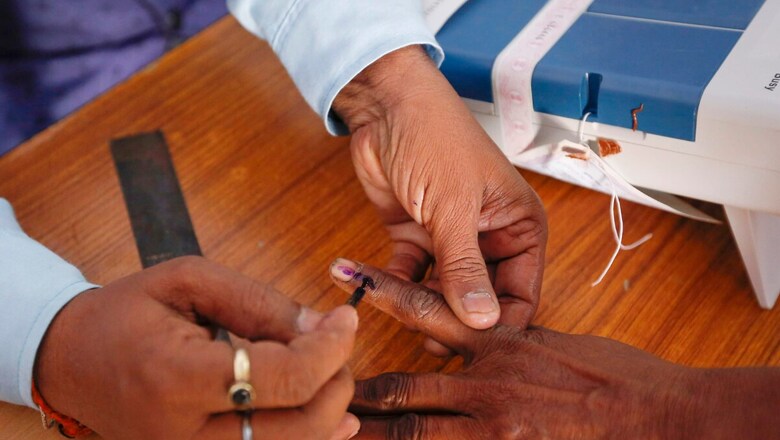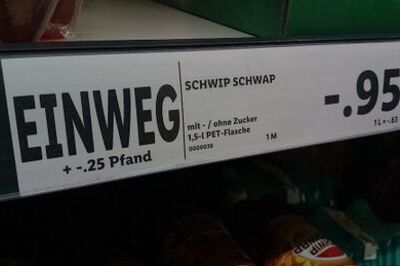
views
Uploading selfies and photos of the inked finger on social media has become an important tradition on election days and is even encouraged to inspire others to vote. The semi-permanent dye used on voters’ fingers is proof that the individual has cast their vote and eventually helps the Election Commission of India prevent voter fraud.
But how many of us have wondered when and where the practice started and what the ink or dye is made of? News18 explains.
The use of the ink dates back to 1962 in India and since then it has been used in all Lok Sabha and Assembly elections. A mark of civic duty and democratic participation, the indelible ink mark, also known as electoral stain or electoral ink, is also used in local body polls.
The ink is used under Rule 49K of the Conduct of Election Rules, 1961 that provides putting an indelible ink mark on the left forefinger of the elector as a safeguard against impersonation.
It is a semi-permanent dye that helps the poll body prevent multiple voting, i.e. voting for more than once during an election. According to the EC, it eventually helps officials in maintaining the integrity and fairness of the voting process.
The ink provides a visible mark that cannot be easily removed, making it more potent against voter fraud. It is an effective method for an election management body as the identification documents for citizens are not always standardised or institutionalised.
WHO MANUFACTURES THIS INK?
It is not a commonly available ink. It was developed by the National Physical Laboratory (NPL), New Delhi – a constituent laboratory of CSIR – in 1961. It was patented by CSIR-National Research Development Corporation (NRDC), New Delhi.
The NRDC issued the license and know-how to Mysore Paints and Varnish Limited (MPVL), a Government of Karnataka undertaking, in 1962.
“An agreement for exclusive manufacturing of Indelible Ink between CSIR-NRDC and MPVL was entered to this effect. Since then, MPVL has been the sole authorised manufacturer of indelible ink in India for the Election Commission of India,” an EC official told News18.
Initially, the ink was filled in glass bottles and supplied, but with the advancement in technology, MPVL switched over to amber-coloured plastic containers, making it easily portable and convenient for election officials.
The firm also exports the indelible ink to more than 30 countries, including Malaysia, Canada, Cambodia, Ghana, Ivory Coast, Afghanistan, Turkey, Nigeria, Papua New Guinea, Nepal, Madagascar, Nigeria, Singapore, Dubai, Mongolia, Sierra Leone, South Africa, and Denmark.
The ink contains silver nitrate that reacts with the chemicals on the skin and nail to leave a semi-permanent mark. The ink dries up on the skin and leaves the black/purple mark in less than one minute and can stay for several weeks. This ink is skin safe and is resistant to water, detergents, soaps and other solvents. This ensures that a voter cannot easily erase the mark and vote again within a short timeframe.
WHY IS IT APPLIED BEFORE VOTING?
As soon as the identity of an elector is verified, the voter’s left-hand index finger will be marked with this ink. This is done so that by the time the elector leaves the polling station after casting their vote, there is sufficient time gap for the indelible Ink to dry up and develop a distinct indelible mark on the finger.
CAN YOU REFUSE TO USE THE INK?
If the voter refuses to allow the left index finger to be inspected or marked in accordance with the instruction, or they already have a mark, they will not be allowed to vote. The voter will also be barred from voting if they did anything to remove the ink mark.
In case the finger has any oily or greasy substance, with an aim to neutralise the indelible ink mark, the officials will clean the finger first and then put the ink.
As the country gears up for the next Lok Sabha polls, likely in a few weeks, it is yet again time for nearly 97 crore voters to flaunt that inked finger.




















Comments
0 comment